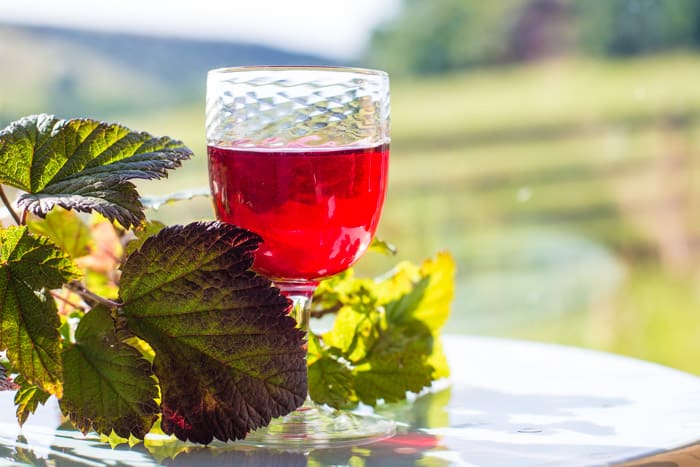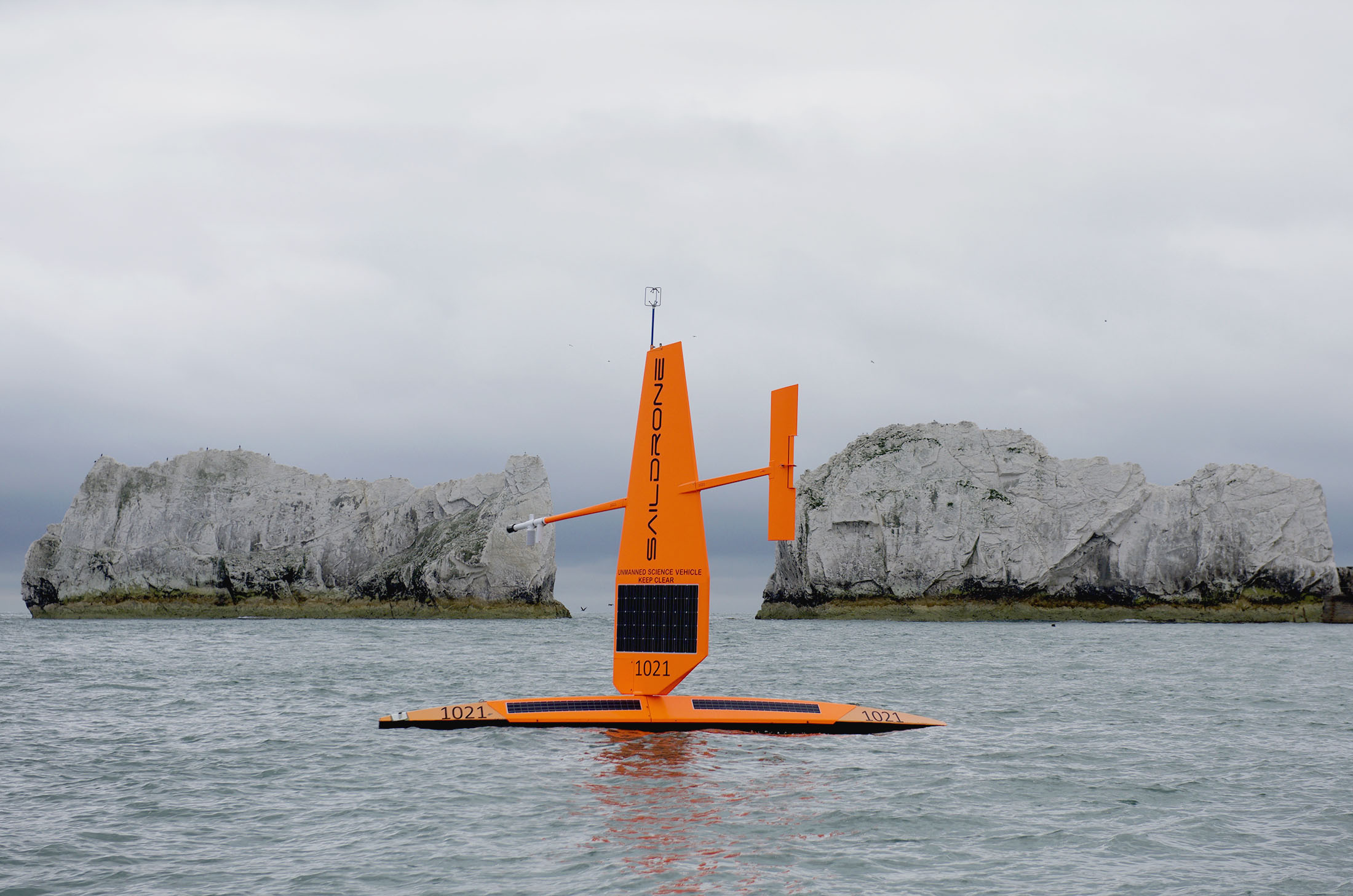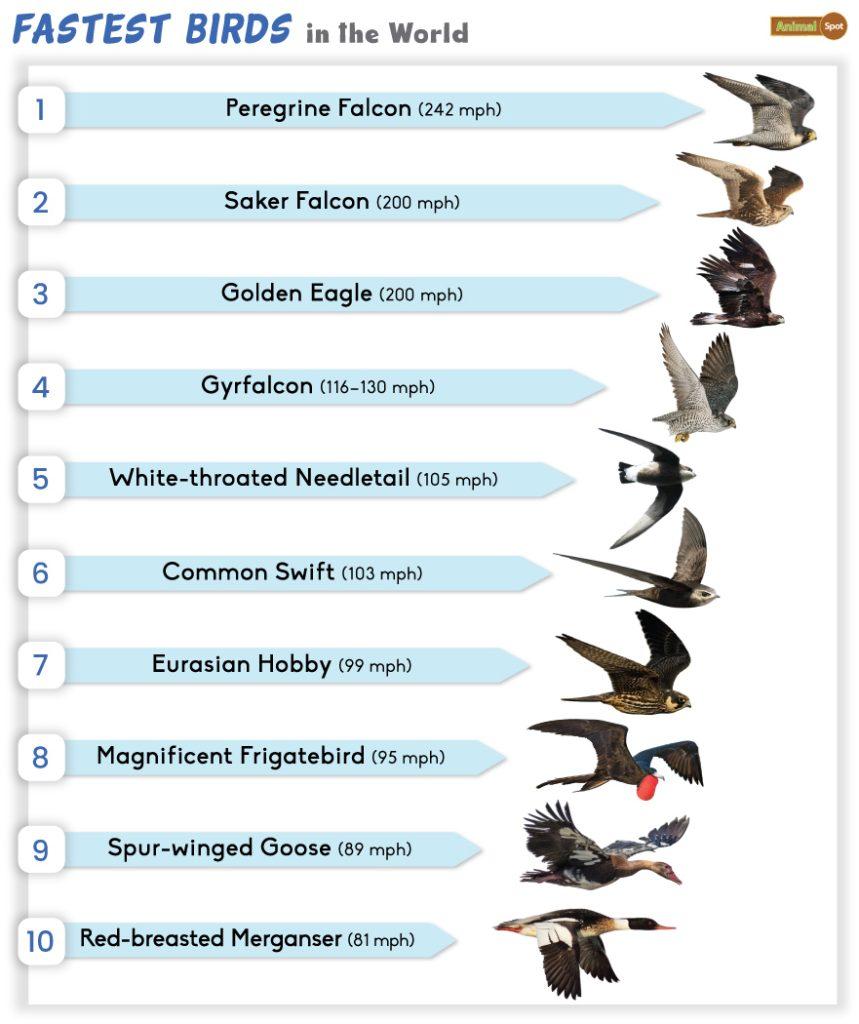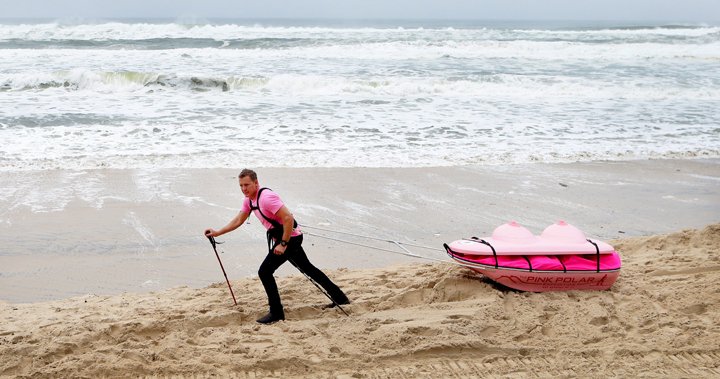Understanding Cassis Blackcurrant Production

Table of Contents
Cultivating the Cassis Blackcurrant
Choosing the Right Climate and Soil
Cassis blackcurrants, the foundation of the renowned liqueur, thrive in specific conditions. Successful cultivation hinges on selecting the right climate and soil. These demanding berries need a temperate climate with cool summers and mild winters to flourish. Well-drained soil is crucial to prevent root rot, a common problem for blackcurrants. Sunlight is also a key factor; adequate sunlight exposure significantly impacts both yield and the quality of the berries.
- Soil Types: Well-drained loamy soils, sandy loams, and even some clay loams are suitable, provided drainage is excellent. Avoid heavy clay soils that retain too much water.
- Temperature Ranges: Ideal temperatures range from 15-20°C during the growing season, with cooler temperatures during flowering and fruiting to prevent premature ripening. Frost protection may be necessary in colder regions.
- Sunlight: At least 6-8 hours of direct sunlight per day are recommended for optimal berry production and sugar content. Shaded areas will result in lower yields and less flavorful berries.
- Regions: Regions known for successful Cassis cultivation include parts of France (Burgundy, especially), Switzerland, and other areas with similar climates.
Propagation and Planting Techniques
Propagation of Cassis blackcurrants is typically achieved through cuttings or budding. Cuttings, taken from healthy, mature plants, are rooted in a suitable medium before planting. Budding involves grafting a bud from a desirable plant onto a rootstock. Careful planting is vital for maximizing yield.
- Planting Process: Prepare the soil by removing weeds and amending it with organic matter. Dig holes slightly larger than the root ball and gently place the plant, ensuring the root crown is at soil level. Water thoroughly after planting.
- Spacing: Proper spacing is essential to allow for air circulation and prevent disease. Generally, plants are spaced 1-1.5 meters apart.
- Root Systems: A strong, healthy root system is vital for plant establishment and long-term productivity. Good soil drainage and proper watering techniques promote healthy root growth.
Pest and Disease Management in Cassis Cultivation
Cassis blackcurrants, like other fruits, are susceptible to various pests and diseases. Implementing integrated pest management (IPM) strategies is crucial for healthy crops. This approach emphasizes prevention and minimizes the use of chemical pesticides.
- Common Pests and Diseases: Common pests include aphids, spider mites, and birds. Diseases such as powdery mildew, anthracnose, and leaf spot can significantly reduce yields.
- Preventative Measures: Good sanitation practices, proper spacing, and appropriate pruning techniques help to prevent disease outbreaks. Rotating crops can also help to reduce pest and disease pressure.
- Pest Control Methods: Organic control methods, such as introducing beneficial insects, using insecticidal soaps, or employing biological control agents, are effective against many pests. Conventional methods may involve using registered pesticides, but careful application is crucial to minimize environmental impact.
- Regular Monitoring: Regular monitoring of plants for signs of pests and diseases is essential for early intervention and effective management.
Harvesting and Processing Cassis Blackcurrants
Optimal Harvesting Time and Techniques
The timing of harvest significantly affects the flavor and quality of the berries. Harvesting too early results in underripe, tart berries, while harvesting too late can lead to overripe, mushy berries.
- Signs of Ripeness: Ripe Cassis blackcurrants are plump, dark purple or almost black, and easily detach from the stems.
- Harvesting Methods: Hand-picking is often preferred for ensuring quality and minimizing damage, but mechanical harvesting can be used for larger operations. Careful handling is crucial to prevent damage to the delicate berries.
- Impact of Harvesting: Gentle handling during harvesting preserves the integrity of the berries and contributes to the final quality of the Cassis liqueur.
From Berry to Bottle: The Cassis Production Process
Transforming harvested blackcurrants into Cassis liqueur involves a multi-stage process. The berries are crushed to release their juice, which is then fermented. This fermented juice is distilled, and the resulting distillate is aged to develop its characteristic flavor profile.
- Specific Processes: Crushing, fermentation, distillation, aging, and finally, blending and bottling are crucial steps in Cassis production.
- Quality Control: Regular quality control checks throughout the process ensure the final product meets stringent standards.
- Traditional vs. Modern Methods: Traditional methods often involve smaller-scale production and a focus on artisanal techniques, while modern methods utilize technology to increase efficiency and consistency.
- Equipment and Technology: Modern production often employs specialized equipment for crushing, fermentation, and distillation, ensuring precision and consistency.
Quality Control and Standards in Cassis Production
Maintaining high standards throughout the Cassis production process is paramount. Strict quality controls, adherence to industry regulations, and rigorous testing at each stage guarantee the final product meets the expected quality and safety standards.
- Industry Regulations: Specific regulations govern the production of Cassis liqueur, ensuring consistency and quality.
- Quality Checks: Regular checks at each stage (from berry selection to bottling) are conducted to identify and address any issues promptly.
- Impact on Final Product: Maintaining high standards directly impacts the final product's taste, aroma, and overall quality.
- Certifications and Labeling: Various certifications and labeling requirements may apply depending on the region and production methods used.
The Business of Cassis Blackcurrant Production
Market Demand and Trends
The market for Cassis and its derivatives (liqueurs, jams, juices, etc.) is both established and evolving. Understanding global demand, key consumer markets, and emerging trends is essential for businesses involved in Cassis blackcurrant production.
- Global Demand: While traditionally concentrated in certain European regions, the global demand for Cassis is increasing due to its unique flavor profile and culinary applications.
- Key Consumer Markets: Consumers in North America, Europe, and increasingly Asia, appreciate Cassis and its versatility in cocktails, desserts, and other culinary uses.
- Emerging Trends: Trends towards organic and sustainable products are influencing Cassis production. Increased demand for premium and artisanal products is also impacting the market.
- Economic Factors: Production costs, labor costs, and market prices all play a role in the economics of Cassis production.
Sustainable Cassis Farming Practices
Sustainability is crucial for the long-term viability of Cassis blackcurrant production. Adopting environmentally friendly farming practices protects natural resources and ensures the continued availability of this unique berry.
- Organic Farming: Organic farming practices, avoiding synthetic pesticides and fertilizers, contribute to environmental sustainability.
- Water Conservation: Efficient irrigation techniques, such as drip irrigation, minimize water consumption.
- Minimizing Environmental Impact: Reducing the use of pesticides and herbicides protects biodiversity and minimizes pollution.
- Sustainability and Long-Term Viability: Investing in sustainable practices ensures the long-term viability of Cassis production while protecting the environment.
Conclusion: Understanding and Appreciating Cassis Blackcurrant Production
From the careful selection of climate and soil to the meticulous processes involved in transforming blackcurrants into Cassis liqueur, this article has highlighted the complexity and care involved in Cassis blackcurrant production. Understanding this process, whether you're a consumer or an industry professional, enhances your appreciation for this unique and flavorful product. To delve deeper into this fascinating world, research sustainable producers, consider visiting a Cassis farm, or even explore related topics like blackcurrant recipes or the history of Cassis liqueur. Support sustainable Cassis blackcurrant production and savor the fruits (or rather, the liqueur!) of this labor of love.

Featured Posts
-
 Switzerland Issues Statement On Prc Military Activities
May 21, 2025
Switzerland Issues Statement On Prc Military Activities
May 21, 2025 -
 The Goldbergs Its Impact On Television And Pop Culture
May 21, 2025
The Goldbergs Its Impact On Television And Pop Culture
May 21, 2025 -
 Festival Le Bouillon A Clisson Retour Sur Des Spectacles Engages
May 21, 2025
Festival Le Bouillon A Clisson Retour Sur Des Spectacles Engages
May 21, 2025 -
 Oh Jun Sungs Thrilling Wtt Star Contender Chennai Victory
May 21, 2025
Oh Jun Sungs Thrilling Wtt Star Contender Chennai Victory
May 21, 2025 -
 Real Madrid In Yeni Teknik Direktoerue Kim Olacak Ve Arda Gueler I Nasil Etkileyecek
May 21, 2025
Real Madrid In Yeni Teknik Direktoerue Kim Olacak Ve Arda Gueler I Nasil Etkileyecek
May 21, 2025
Latest Posts
-
 Fastest Crossing Man Completes Record Breaking Australian Foot Race
May 21, 2025
Fastest Crossing Man Completes Record Breaking Australian Foot Race
May 21, 2025 -
 Record Breaking Run Man Fastest To Cross Australia On Foot
May 21, 2025
Record Breaking Run Man Fastest To Cross Australia On Foot
May 21, 2025 -
 Australian Endurance Challenge New Fastest Time Set On Foot
May 21, 2025
Australian Endurance Challenge New Fastest Time Set On Foot
May 21, 2025 -
 Man Achieves Fastest Ever Foot Crossing Of Australia
May 21, 2025
Man Achieves Fastest Ever Foot Crossing Of Australia
May 21, 2025 -
 Record Breaking Run Man Completes Fastest Australian Foot Crossing
May 21, 2025
Record Breaking Run Man Completes Fastest Australian Foot Crossing
May 21, 2025
